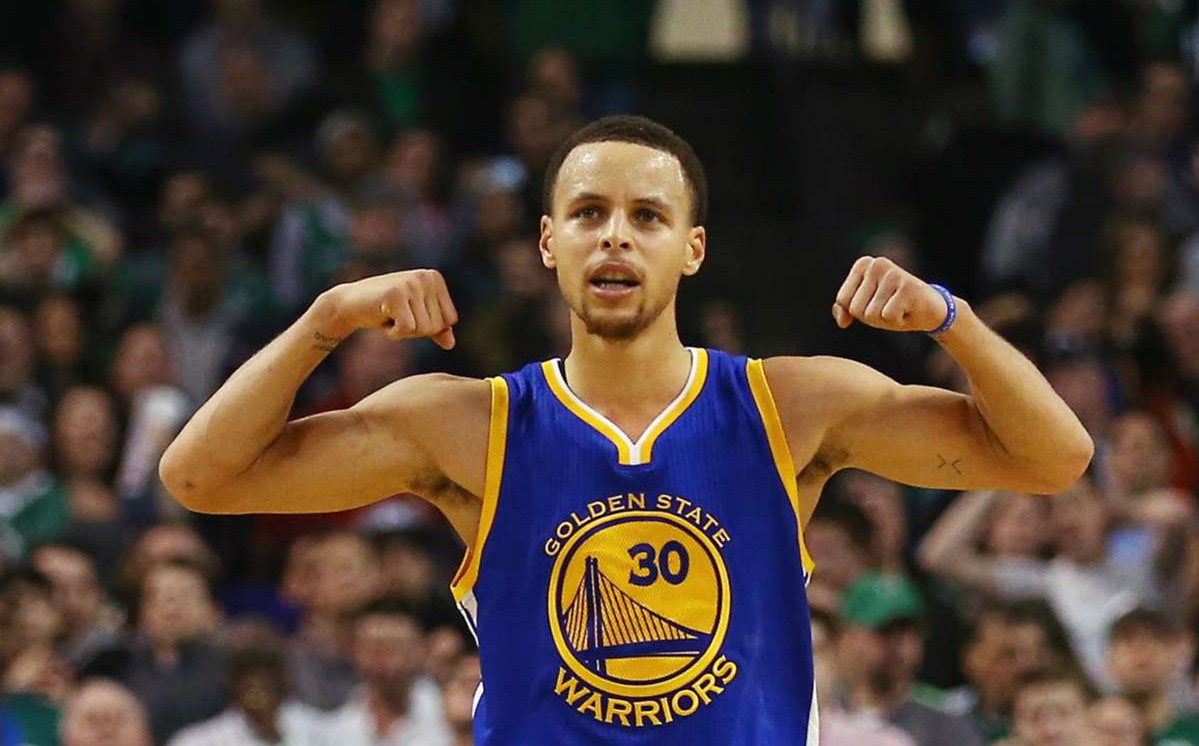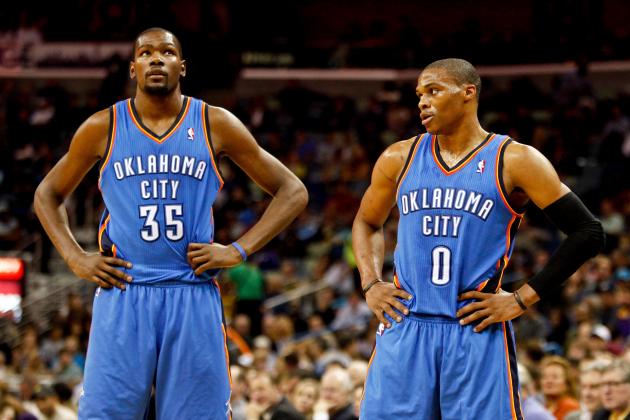Opponent Plus/Minus
Now that we’re about halfway through the 2016-17 NBA season, I want to look at our unique Opponent Plus/Minus metric from both a macro and micro view. If you don’t know already, Opponent Plus/Minus is our version of Defense versus Position (DvP), except it adjusts for salaries (the Plus/Minus part) and also positional splits. Take LeBron James, who has popularized position-less basketball since entering the league. Although LeBron is listed as a small forward on FanDuel, he actually plays two percent of his time at shooting guard, 70 percent at SF, 27 percent at power forward, and one percent at center. Traditional DvP metrics will show only how LeBron’s opponent defends SFs, whereas Opponent Plus/Minus adjusts for LeBron’s splits across all positions.
Opponent Plus/Minus is currently the best matchup metric in the DFS industry, but how important is it to measure matchups on a nightly basis? To explore this question, I went to our Trends tool. I divided Opponent Plus/Minus (on FD) into four equal sections and looked at the trends:

Unsurprisingly, on a macro level the better the matchup is the higher the Plus/Minus values and Consistency Ratings tend to be.
Player Splits
Now let’s take a micro approach and look at each player’s FD splits:
That’s a little more difficult to interpret. Of course, when dealing with statistics, we have to deal with outliers. Russell Westbrook has a +0.70 Plus/Minus against teams with Opponent Plus/Minus values between -1.40 and +0.24, but two of those 13 games this season came against the Memphis Grizzlies, and in one of those contests he was ejected early and finished with only 29.95 DraftKings points. If we remove Memphis from the sample, the numbers go up:
So context is important on this micro level.
The Aminu Anomaly
Let’s look at another example. Overall, the Portland Trail Blazers have been awful defensively: They rank 28th in defensive efficiency, allowing 109.4 points per 100 possessions. Against PFs, they’ve been the worst team in the league, allowing an average of 28.16 DK points and a +3.99 Plus/Minus to the position.
However, they’ve been missing their best defender in Al-Farouq Aminu, who plays PF on defense most of the time. Using our Trends tool, we can see that in the eight games before Aminu first went out . . .
. . . the Blazers were closer to average. But then in the 12 games Aminu missed afterward . . .
. . . they were awful. Aminu’s impact can also be seen on the team defense: They’ve allowed 108.5 points per 100 possessions with Aminu on the court compared to 115.9 without him. That’s the difference between a bottom-10 defense this season and one of the worst defenses ever.
Aminu exemplifies the shortcomings of macro-level data, especially in a daily sport like NBA: The data represents an average, but DFS contests aren’t played over the course of a season. They’re played in a day. Thus, if you roster a PF against Portland without Aminu, you’re likely getting surplus matchup value. If you target a PF whom Aminu is guarding, you’re probably on the wrong side of the Opponent Plus/Minus data.
Further, matchups are fluid in today’s NBA: Against the Golden State Warriors in their first game, the Cavaliers used quite a bit of DeAndre Liggins against Stephen Curry. In their second meeting, Iman Shumpert got the start and defended Steph along with Kyrie Irving. Also, the NBA is so based on the pick-and-roll and spread offense in 2017 that it’s very common for switches to happen and for a guy to be guarded in a single possession by two or three defenders. Matchups are fluid and relatively unstable.
This isn’t to say that Opponent Plus/Minus isn’t valuable, because it is, but we should seek to supplement it with something correlated with matchups yet more stable on a night-to-night basis.
The Stability of Pace
That’s where pace comes into play.
Rudy Gobert is considered the best defender in the league this year: The Jazz rank first in defensive efficiency, allowing 101.2 points per 100 possessions, and Gobert is first in the NBA with a +4.90 Defensive Real Plus-Minus (DRPM). The Jazz play slowly with Gobert, averaging about 90 possessions per 48 minutes. However, they also play slowly without Gobert, averaging about 92 possessions per 48 when he’s off the floor. For reference, the Jazz rank last in the NBA with 93.3 possessions per game. If Gobert were to miss a game, the team’s defense would certainly take a hit without the likely Defensive Player of the Year, but the defense would still present a negative matchup for most players because of how the Jazz limit possessions.
How does pace differential (paceD) — the difference between teams’ paces — compare to Opponent Plus/Minus in terms of DFS production?
Fairly similarly:
Again, this isn’t to say that matchups aren’t useful. They are, especially in guaranteed prize pools. If you know that Aminu is going to be out against a team with a dynamite PF, then Opponent Plus/Minus can be very useful, especially since Portland is terrible defensively anyway. But in cash games, with the chaos that is NBA lock, relying on a more stable metric — one largely dependent on scheme as opposed to any singular player — is certainly prudent.
Leverage Uncertainty
I’m reminded of an article that FantasyLabs Co-founder Jonathan Bales wrote about the folly of the ‘Best Player Available’ strategy in the NFL draft. Here are a couple excerpts:
Yet, for the most part, teams do have a strong understanding of their needs. We know the Cowboys need a pass-rusher and a cornerback. We know the Rams need a wide receiver. There’s not nearly as much uncertainty surrounding team needs as there is with prospect rankings, and it would be foolish to not consider this uncertainty. Based on how teams act, particularly when trading up, it really does seem as though they don’t incorporate any sort of uncertainty into their decision-making; they never ask “What if we are wrong?”
I guess the main idea is that of course every team is going to try to select the “Best Player Available,” but we shouldn’t be so shortsighted as to think that always means the player highest on the board. Things like position scarcity, public opinion, and yes, even team needs should be considerations. And, because it assuredly carries the least uncertainty, I think need should be a much, much larger factor for teams than what it seems to be right now. If the draft is close to a crapshoot and you can’t be very confident that player #20 is better than player #21, you might as well take the one that fills one of your team’s immediate needs, which you do know with relative certainty.
What we’re talking about with matchups and pace is uncertainty. Sure, if you knew that Jimmy Butler were going to be guarded by Nik Stauskas and Dwyane Wade by great wing defender Robert Covington, funds could be allocated accordingly. However, there could be a possibility that Covington would guard Butler the whole game or perhaps just take the hot hand. There’s almost always uncertainty regarding matchups. What’s much less uncertain is the pace with which the Bulls and 76ers play.
Matchups matter in daily fantasy NBA, but be careful when relying on them and macro statistics within a daily game. They can often mislead.










